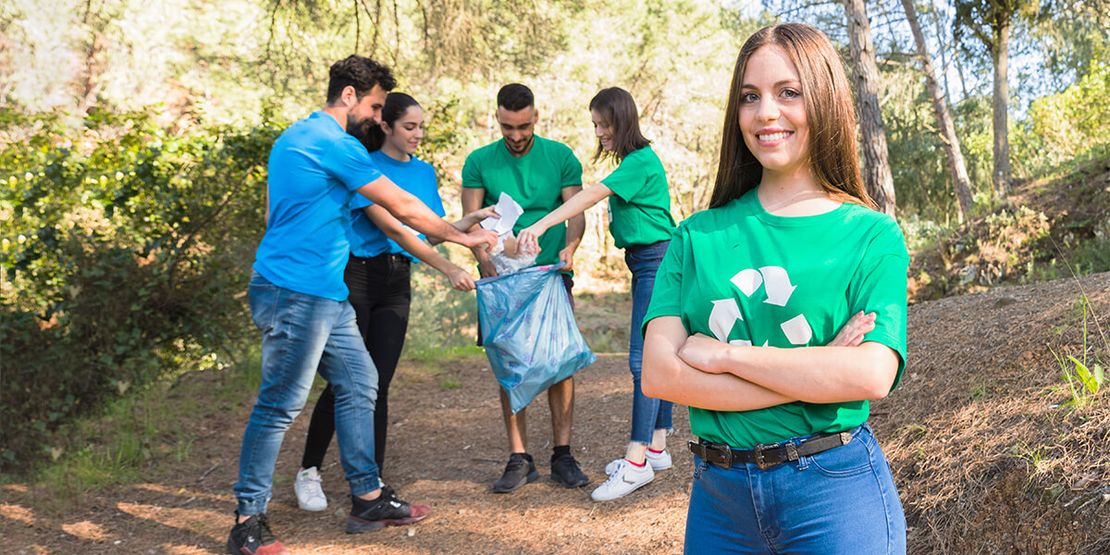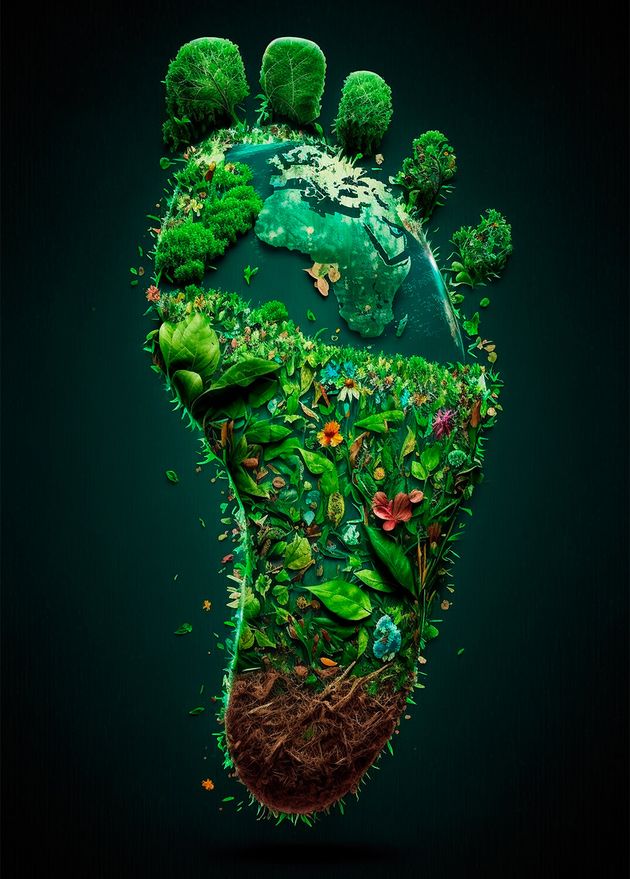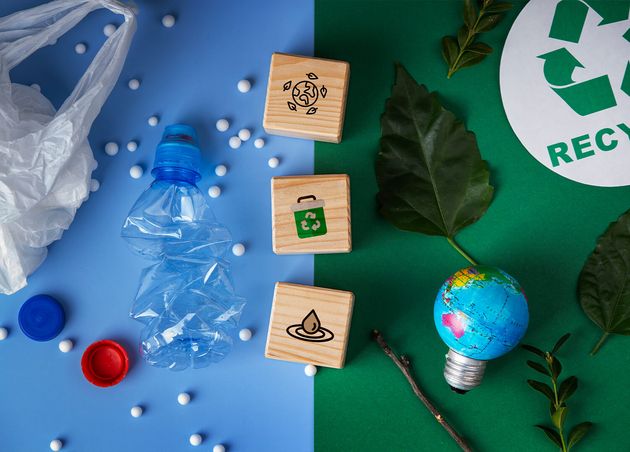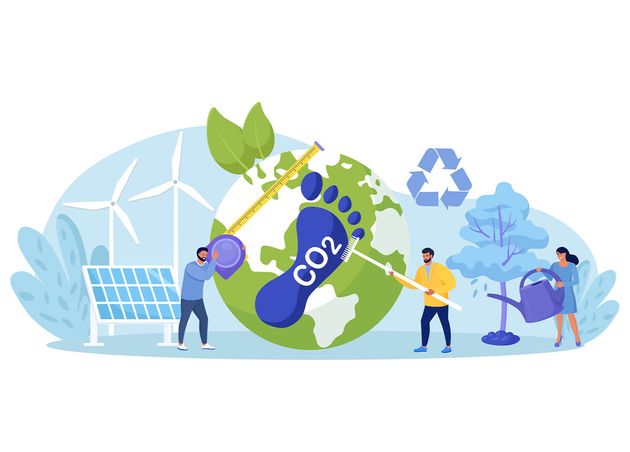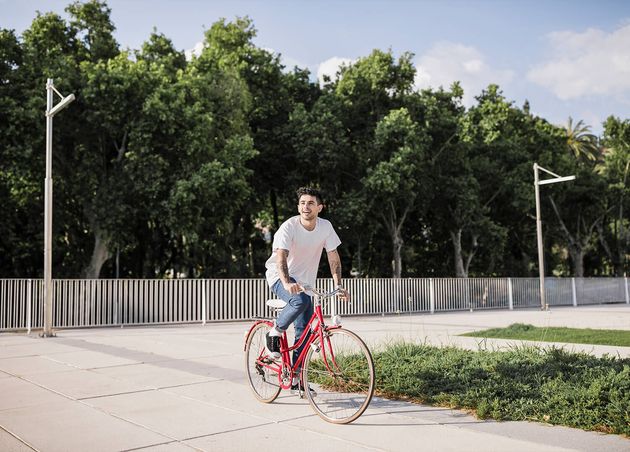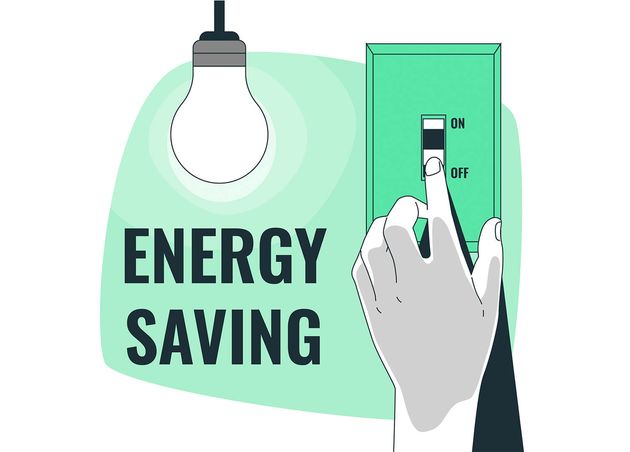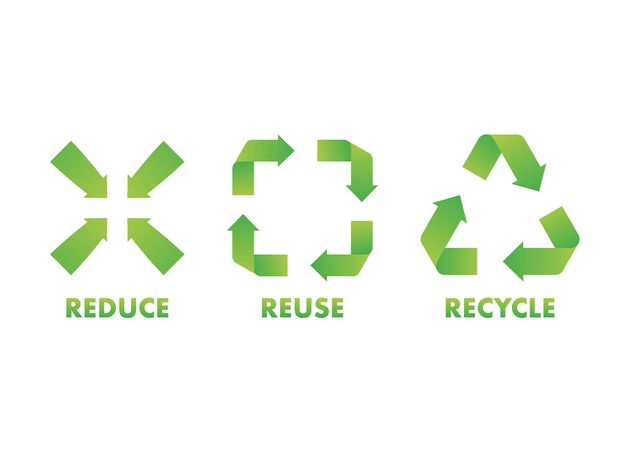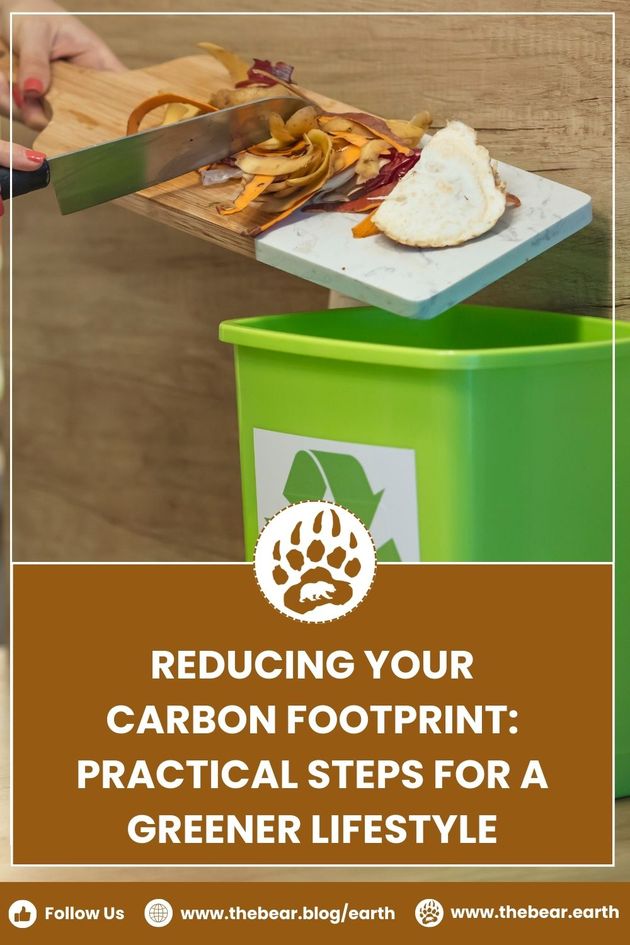Reducing Your Carbon Footprint: Practical Steps for a Greener Lifestyle
Ecological footprint is an indicator of worldwide sustainability marker that, gauges "the area of organically useful land required to deliver the resources consumed and absorb the waste produced. It is used to compute the level of effect our way of life has on the climate.
The idea of the environmental footprint was conceived in 1996 by William Rees, a college teacher, ecologist, and biologist, and Mathis Wackernagel, a mechanical designer and the Global Footprint Network incumbent leader. The objective was not only to derive an equation for computing the ecological footprint of every human activity. It was also to contrast it with the World's biocapacity. It would make it feasible to get a practical image of the available natural resources and how they're being consumed.
🌍 Eco Fact
The world’s average ecological footprint 2017 was 2.77 worldwide hectares per individual.
What is Ecological Footprint?
Living within the limits of the world's environment expects at least, worldwide consumption behaviors that are within these limits. Be that as it may, measuring and estimating ecological limits is not a simple undertaking. Besides, no super-indicator can both exhaustively describe limits and make them operational. Distinguishing the least sustainability conditions is a priority.
Sustainability principles that must be obeyed are:
- Renewable resources ought not to be utilized quicker than they can be renewed
- Pollution ought not be emitted quicker than it can be absorbed
Ecological Footprint accounting can be utilized to give a first quantitative intermediary evaluation of these circumstances via two measurements: biocapacity and ecological footprint. Every year, the Global Footprint Network determines biocapacity values and ecological footprint for roughly 200 nations, with information over fifty years. These outcomes are referred to as the National Footprint Accounts (NFAs).
The principal metric, Ecological Footprint, measures how much organically useful land and water (biocapacity) is needed to produce the fiber, food, and renewable natural resources a person, activity, or population consumes and to retain the emission of carbon dioxide they create, given resource management and prevailing technology. The six demand categories are grazing land, cropland, fishing grounds, forest products, built-up land footprints, and carbon.
Purpose of Environmental Footprint
We have defined the ecological footprint as a significant pointer for estimating the sustainability of the earth’s resources. Thus, understanding its use will help us learn what occurs, assuming we extract more resources from the earth than can be recovered normally.
This metric aims to quantify the useful land and decide whether the planet is fit for taking on the waste that is produced subsequently. At present, this equilibrium shows that consumption of resources and waste creation are higher than the earth’s biocapacity. Subsequently, the significance of measures pointed toward protecting the climate and safeguarding natural resources.
What is Biocapacity?
Biocapacity measures the productive regions that can be used for fiber, food, sustainable substances, and sequester carbon dioxide. This is estimated for five classes of bioproduction surfaces: grazing land, built-up land, cropland, forest land, and fishing grounds, which fulfill human demands in the six classifications described previously.
Since biocapacity and forest can be utilized to create produce to reap or sequester carbon, this type of land fulfills two demand classifications. Biocapacity and ecological footprint are measured in global hectare (gha), where 1 gha signifies an organically useful hectare with world average productivity.
On the other hand, if a country's environmental footprint of utilization is more modest than its biocapacity, this nation is running a biological leftover portion. The leftover portion isn't adequate for deciding if the nation is sustainable. This is because a full utilization of biocapacity for consumption would mean that there will be no biocapacity for use by different species.
Also, the portion of a country's utilization of Ecological Footprint not satisfied by production on its biological systems - its Environmental production footprint - uncovers, in net terms, the weight that a nation's interest in renewable resources and environment services displaces on unfamiliar environments. This helps determine the general interest in the biocapacity of a nation's consumption and how that need may influence other nations' environments.
Like any action, accounting for ecological footprint can be misinterpreted. Hence, it should be noted that this significant metric doesn't force objectives or recommend the ideal footprint levels for nations or urban communities. There are no "shoulds" in environmental impact accounting; it archives as it were "what is" and assists with distinguishing the outcomes of decisions.
🌍 Eco Trivia
The Ecological Footprint of Mankind is 2.7 global hectares per individual, of which 60% is carbon footprint.
How to Lessen Your Ecological Footprint?
As we know, an ecological footprint is connected with every individual's way of life. Thus, all citizenry's responsibility, whether collectively or independently, is central. Further developing how we produce, pick, and consume is vital in lessening our environmental footprint.
We can decrease it extensively by consuming responsibly and trying more sustainable behaviors. Here are a few ways to get it going:
#1 Sustainable Homes
We can sort and recycle at home by utilizing various compartments and disposal containers, increasing the lifespan of items and materials.
Settle for appliances with high energy efficiency and avoid devices that consume the most power. Fit your home with twofold sheet windows and insulate the walls and roofs to keep it warm in the colder time of year and cold in the summer.
#2 Sustainable Transportation
Patronize public transportation to help with lessening noise and air pollution. Pick a means of transportation, for example, a scooter or bike, to forestall greenhouse gas emissions. Another choice for sustainable mobility is car sharing, a temporary vehicle rental that makes it easy to lease a vehicle to travel short routes.
#3 Save Energy
Utilize air conditioning and heating responsibly, as it's an amazing method for cutting your environmental footprint while keeping up with the suggested temperature in structures between 23-25ºC in summer and 19-2ºC in winter. Only use appliances such as the washer or dishwasher on a full load. Turn off electronic gadgets when not in use.
#4 Commit to a Sustainable Diet
Eat food items that are in season as that prevents medium and long-distance transportation and, accordingly, lessens the emission of CO2. Reduce the consumption of any processed and red meats to 200-300 grams each week, as the World Health Organisation (WHO) suggested. Use containers and bags made with biodegradable materials.
#5 Be Aware of the Rebound Effect
This is an especially baffling conundrum, and there are two kinds: the direct impact and the indirect impact.
In the direct impact, the endeavors made lead to terrible outcomes. This is the situation, for instance, when we overconsume an option at first viewed as better compared to the initial solution. The use of LED bulbs is the most well-known example: given their low ecological effect, people tend to leave them on unreasonably. The outcome is that this negligence undermines every endeavor, causing a considerably more adverse consequence than the initial problem.
Several good practices are embraced for the indirect rebound effect, the outcomes of which are completely counteracted by a given activity. This can be the situation if you make attempts on your day-to-day energy consumption before purchasing a diesel vehicle, for instance.
#6 Practicing the 3Rs
The environmental "3Rs" might be familiar— reduce, reuse, and recycle. We can assist with safeguarding the earth and saving resources this way. We may not ponder these thoughts consistently, but they are significant activities to help care more for the earth. The planet that we live on has scarce resources like water, food, minerals, forests, and land. We might run out of these resources if more individuals continue utilizing more resources and making more trash. The outcome hurts the earth we live in.
When we decide to reduce, we utilize less of something, which preserves something for others to use. To reuse implies we are consuming the same thing repeatedly rather than once. When we reuse, we send things like soft drink cans or paper to a recycling plant so they can be re-made and utilized again. Implementing the 3 Rs will help make resources last longer and be accessible for others while we're also creating less trash. These are beneficial activities since we will reduce the harm to the earth and keep our air, land, and water clean.
#7 Chemistry Helps Lessen Our Footprint
Chemistry is the study of material (called matter) that makes up everything on Earth. A few chemists study naturally existing materials, and a few chemists produce new materials from existing ones.
A scientist who creates sustainable materials is attempting to diminish our footprint on the Earth through innovations. For instance, scientists have created materials like water cups and bottles that use corn, wood, or different plants. This makes them biodegradable, and the items deteriorate naturally, returning to the earth where they are recycled into the soil and become plant supplements.
Plastics that are not biodegradable are normally produced using non-renewable energy sources, which are materials produced from the carbon in plants and creatures that lived millions of years earlier.
In conclusion, grasping the significance of our ecological footprint is paramount for fostering a sustainable future. Embracing principles like responsible resource use and pollution reduction can help us live within the Earth's biocapacity. By taking individual actions such as reducing waste and embracing renewable resources, we can collectively work towards minimizing our impact on the planet.
Furthermore, advancements in fields like chemistry provide promising avenues for reducing our ecological footprint. Innovations such as biodegradable materials offer sustainable alternatives to conventional products, contributing to a greener lifestyle. Integrating these solutions into our daily lives and cultivating a culture of environmental stewardship can lead to a more sustainable and resilient future for future generations.
Recommended for you
Koh Chang Resort & Spa: A Tropical Paradise Awaits You
The Bear Team
Kuroda Japanese Restaurant: Dine and All You Can Eat Buffet in Bangkok
Tle (Hungry Bear)
Top 10 Best Shabu-Shabu Restaurants in Bangkok
Tle (Hungry Bear)
Thinking Outside the Blog: Guerrilla Marketing Strategies for Bloggers
Virginia Summers (Influencer Bear)


